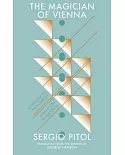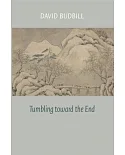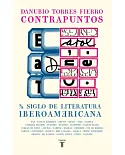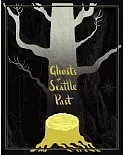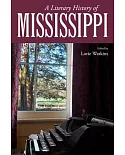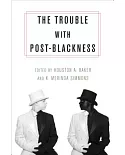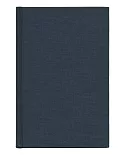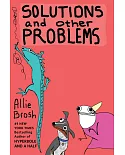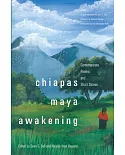A shaman and visionary--not a poet in any ordinary sense--Mar簿聶翻a Sabina lived out her life in the Oaxacan mountain village of Huautla de Jim簿聶翻nez, and yet her words, always sung or spoken,
have carried far and wide, a principal instance and a powerful reminder of how poetry can arise in a context far removed from literature as such. Seeking cures through language--with the help
of Psilocybe mushrooms, said to be the source of language itself--she was, as Henry Munn describes her, "a genius [who] emerges from the soil of the communal, religious-therapeutic folk poetry
of a native Mexican campesino people." She may also have been, in the words of the Mexican poet Homero Aridjis, "the greatest visionary poet in twentieth-century Latin America."
These selections include a generous presentation from Sabina's recorded chants and a complete English translation of her oral autobiography, her vida, as written and arranged in her
native language by her fellow Mazatec Alvaro Estrada. Accompanying essays and poems include an introduction to "The Life of Mar簿聶翻a Sabina" by Estrada, an early description of a nighttime
"mushroom velada" by the ethnomycologist R. Gordon Wasson, an essay by Henry Munn relating the language of Sabina's chants to those of other Mazatec shamans, and more. A shaman and
visionary--not a poet in any ordinary sense--Mar簿聶翻a Sabina lived out her life in the Oaxacan mountain village of Huautla de Jim簿聶翻nez, and yet her words, always sung or spoken, have carried
far and wide, a principal instance and a powerful reminder of how poetry can arise in a context far removed from literature as such. Seeking cures through language--with the help of Psilocybe
mushrooms, said to be the source of language itself--she was, as Henry Munn describes her, "a genius [who] emerges from the soil of the communal, religious-therapeutic folk poetry of a native
Mexican campesino people." She may also have been, in the words of the Mexican poet Homero Aridjis, "the greatest visionary poet in twentieth-century Latin America."
These selections include a generous presentation from Sabina's recorded chants and a complete English translation of her oral autobiography, her vida, as written and arranged in her
native language by her fellow Mazatec Alvaro Estrada. Accompanying essays and poems include an introduction to "The Life of Mar簿聶翻a Sabina" by Estrada, an early description of a nighttime
"mushroom velada" by the ethnomycologist R. Gordon Wasson, an essay by Henry Munn relating the language of Sabina's chants to those of other Mazatec shamans, and more.


